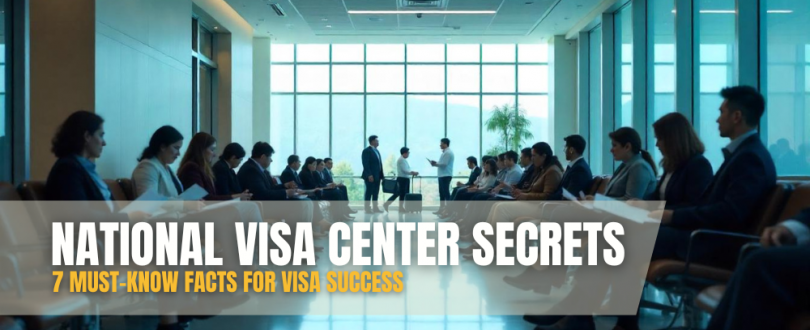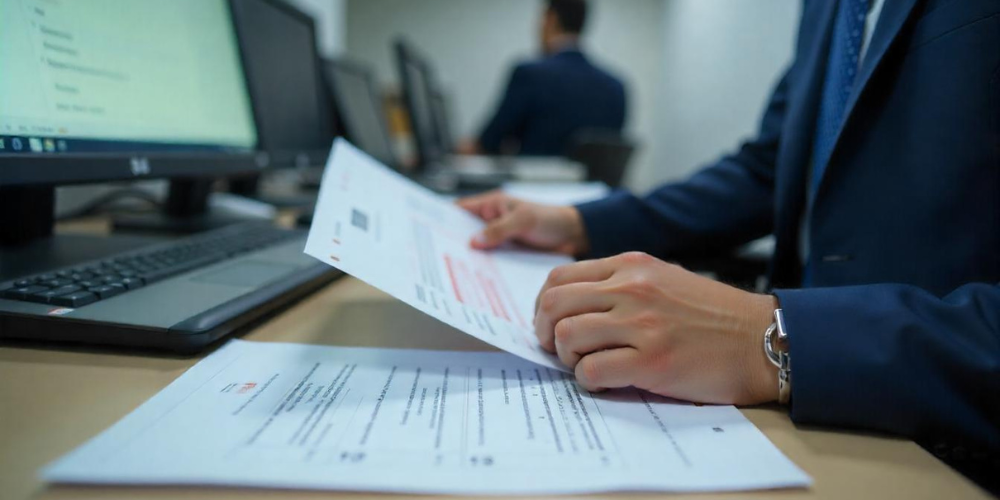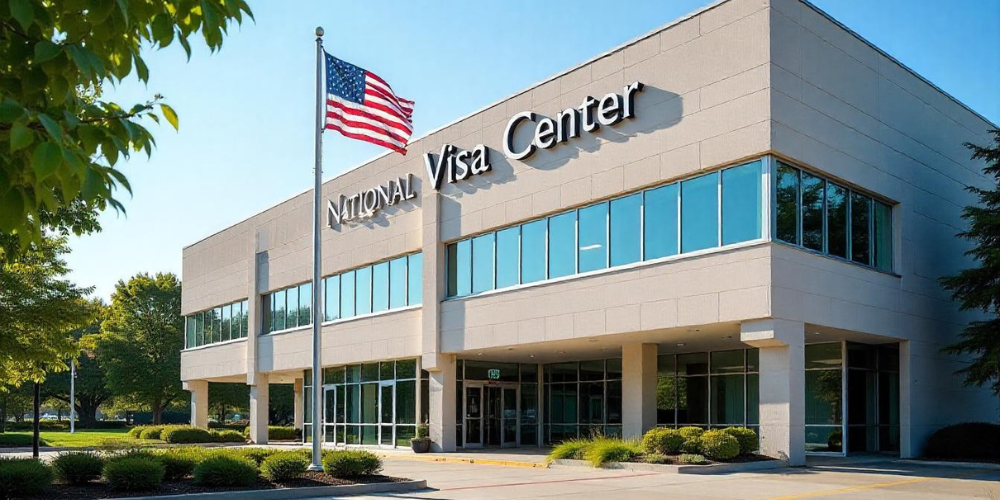
What is the National Visa Center (NVC)?
The National Visa Center (NVC) is a crucial part of the U.S. immigration system. It acts as a bridge between the United States Citizenship and Immigration Services (USCIS) and U.S. embassies or consulates abroad. Once a petition is approved by USCIS, the case is forwarded to the NVC for further processing before the visa interview is scheduled.
Located in Portsmouth, New Hampshire, the NVC handles immigrant visa pre-processing. This includes collecting fees, forms, and supporting documentation.
The Role of the NVC in U.S. Immigration
The NVC doesn’t make final visa decisions, but it plays a critical administrative role. Here’s how:
– Prepares visa cases for interview at U.S. consulates.
– Acts as a communication hub for beneficiaries and sponsors.
– Ensures the accuracy and completeness of documents.
– Manages payment of visa application fees.
In essence, the NVC helps ensure that only fully documented and eligible cases reach the interview stage, saving valuable time for consular officers and applicants alike.

Step-by-Step Breakdown of the NVC Process
1. Case Creation and Welcome Letter
After USCIS approves the petition, it sends the case to the NVC, which assigns a case number and sends a Welcome Letter. This letter contains login information for the Consular Electronic Application Center (CEAC).
2. Pay Fees via CEAC
Two fees must be paid:
– Immigrant Visa Application Processing Fee
– Affidavit of Support Fee
Payment must be made online through the CEAC portal. Delays in payment can halt the entire process.
3. Submit the DS-260 Form
The DS-260 is the Immigrant Visa Application and must be filled out completely. It asks for personal, travel, and immigration history details. Errors here can delay or even jeopardize your application.
4. Collect and Submit Civil Documents
Applicants must upload certified copies of key documents, including:
– Birth certificate
– Marriage certificate (if applicable)
– Police certificate(s)
– Passport biographic page
– Military records (if applicable)
5. NVC Document Review Process
After submission, the NVC will review your documents. If anything is missing or incorrect, they’ll send a checklist. This review can take several weeks.
6. Interview Scheduling
Once your case is marked as “Documentarily Qualified,” the NVC will schedule your visa interview at the appropriate U.S. embassy or consulate. Timing varies by country and embassy workload.
7. Final Embassy Interview Preparation
Applicants should prepare all original documents, medical exam results, and the interview appointment letter. Be ready to answer questions about your relationship, background, and plans in the U.S.
Common Mistakes to Avoid with the NVC
Incorrect document formats (e.g., scanned photos instead of PDFs)
– Omitting required documents
– Delays in responding to checklist notifications
– Entering inconsistent information across forms
– Using outdated civil documents
Avoid these errors to keep your case moving smoothly.

How Long Does the NVC Process Take?
Processing times vary based on:
– Visa category
– Country of origin
– Backlogs at the embassy
Typically, the NVC takes 2-4 months from receiving a case to interview scheduling, but it can be longer for certain categories like F4 or EB-3. You can check processing times here.
Tips to Expedite Your Visa Case
– Double-check all documents before uploading.
– Respond quickly to NVC notifications.
– Request expedited processing (with strong justification) for medical emergencies or humanitarian reasons.
– Contact your local U.S. embassy if facing extraordinary delays after NVC completion.
What Happens After NVC Approval?
Once your case is approved and an interview is scheduled:
1. You’ll receive an interview appointment letter.
2. Schedule and complete a medical examination.
3. Attend your visa interview.
4. If approved, your passport will be stamped with a visa and visa packet.
You must enter the U.S. before the visa expires, usually within 6 months.
Understanding NVC Case Status Updates
Here are some common status messages and what they mean:

Check your case status at CEAC Status Check.
Contacting the NVC: When and How
You can contact the NVC via:
– Online Public Inquiry Form: NVC Contact Form
– Phone: +1-603-334-0700 (M-F, 7 a.m. – 12 a.m. EST)
Be sure to have your case number, petitioner’s name, and beneficiary’s name ready.
External Resources to Stay Updated
– U.S. Department of State – Visa Bulletin
– CEAC Portal
– USCIS Website
Bookmark these pages and check them regularly.
❓ FAQs
1. What documents are required by the NVC?
You’ll need identity documents like birth certificates, marriage certificates, police clearances, and passport biographic pages.
2. Can I call the NVC to expedite my case?
No, but you can request an expedite through the Public Inquiry Form with valid justification like medical emergencies.
3. What does “Documentarily Qualified” mean?
It means all required forms and documents have been submitted and accepted. Your case is now waiting for interview scheduling.
4. How often should I check my case status?
Weekly is a good rule of thumb. If you’re expecting an update, check more frequently.
5. Do I need to translate my documents?
Yes, all documents not in English must be accompanied by a certified English translation.
6. Can my case be transferred to another embassy?
Only in special cases—like moving countries—can you request a transfer. Approval is at the discretion of the Department of State.
Conclusion: Navigate the NVC with Confidence
The National Visa Center may seem daunting, but with the right approach, you can move through each stage efficiently. Knowing what to expect, staying organized, and avoiding mistakes will greatly increase your chances of visa success. Patience, persistence, and preparation are your best tools.
Stay informed, and don’t hesitate to reach out to immigration professionals if needed.

